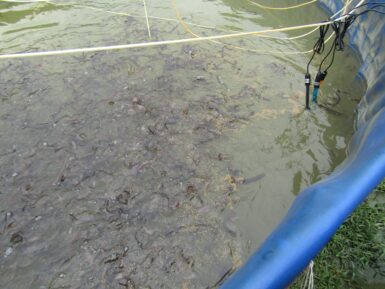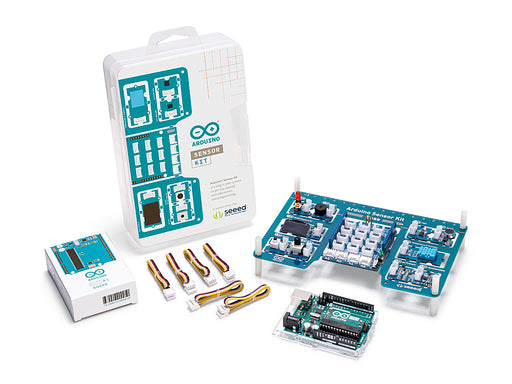
Overview
This is a multifunctional sensor that gives you temperature and relative humidity information at the same time.
It utilizes a TH02 sensor that can meet measurement needs of general purposes. It provides reliable readings when environment humidity condition inbetween 0-80% RH, and temperature condition inbetween 0-70°C, covering needs in most home and daily applications that don't contain extreme conditions.
Features:
- Wide operating voltage range:(3.3V ~ 5V)
- Low Power Consumption:350 µA during RH conversion
- 0 to 100% RH operating range
- Measuring Range: Humidity: 0% - 80% RH Temperature: 0 ~ 70 °C
- Accuracy: Humidity: ±4.5% RH
- Temperature: ±0.5°C
- I2C host interface
- Excellent long term stability
Tech specs
|
Items |
Min |
|
PCB Size |
2.0cm*4.0cm |
|
Interface |
2.0mm pitch pin header |
|
IO Structure |
SIG,VCC,GND,NC |
|
ROHS |
YES |
Electronic Characteristics
|
Items |
Conditions |
Min |
Norm |
Max |
Unit |
|
VCC |
- |
3.3 |
- |
5 |
Volts |
|
Measuring Current Supply |
- |
1.3 |
- |
2.1 |
mA |
|
Average Current Supply |
- |
0.5 |
- |
1.1 |
mA |
|
Measuring Range |
Humidity |
20% |
- |
90% |
RH |
|
Temperature |
0 |
- |
50 |
°C |
|
|
Accuracy |
Humidity |
- |
- |
±5% |
RH |
|
Temperature |
±2 |
°C |
|||
|
Sensitivity |
Humidity |
- |
1% |
RH |
|
|
Temperature |
1 |
°C |
|||
|
Repeatability |
Humidity |
±1% |
RH |
||
|
Temperature |
±1 |
°C |
|||
|
Long-term Stability |
±1% |
RH/year |
|||
|
Signal Collecting Period |
2 |
S |
Get Inspired
How to realize a servo and water sensor function using simple raw materials.

With the Earth’s population still on track to increase by another two billion people by the year 2050, finding ways to feed them without causing grave harm to the environment is a top priority. Currently, fish is one of the most widely consumed foods in the world, and a new technology called biofloc helps provide both a food source and environmental stabilizer to fishponds without the need for dangerous chemicals/processes. As part of element14’s Just Encase Design Challenge, Md. Khairul Taifur had the idea to create a device that could sit within a pond and report detailed telemetry for environmental markers, as well as correct minor water quality issues via the use of a heater and water pump. His system is based around a MKR WAN 1300, which is responsible for collecting data from each sensor and then sending it to the cloud with its onboard LoRaWAN module. To make the system independent from an external power source, Taifur included a small 5V solar panel, power management board, and rechargeable battery pack. Once his firmware had been finalized, everything was carefully placed inside of a waterproof electrical box and sealed to only expose the sensors. This biofloc monitoring system has great potential as a proof-of-concept of how future fish farms might operate in a more sustainable manner. You can read more about the project here on element14.








